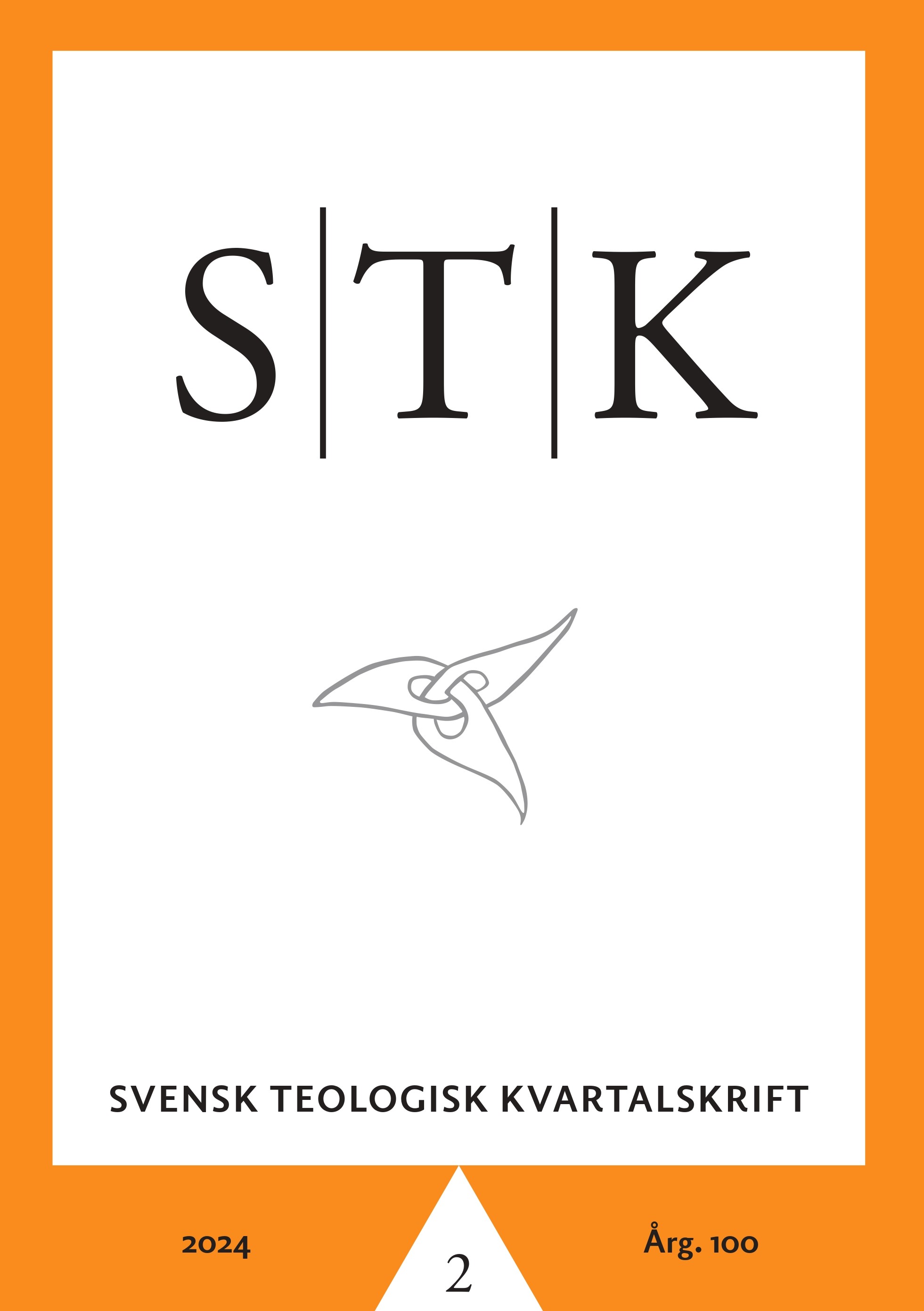Artists in Resi/stance
Protest, Memory, and Reconciliation
DOI:
https://doi.org/10.51619/stk.v100i2.26354Abstract
Artists are often at the forefront of protest movements. Their aesthetic resistance is a powerful means to communicate the issues at stake among the people. In post-conflict situations, artists contribute with their works to coping with trauma and foster reconciliation. Yet the relationship between ethics and aesthetics cannot be taken for granted any longer but must be reconstructed in the concrete case. In this article, I investigate twentieth-century contextual art from an intercultural perspective. Theologically, memory and hope, the remembrance of the victims in the light of the dangerous memory of the crucified, and the hope in the presence of the risen Christ among the poor and oppressed, have emerged as the overarching generative themes in coping with conflicts. Self-reconciliation, on the other hand, allows the victims' first steps towards Pantopia in post-conflict situations, where the perpetrators have no intention to repent.
Downloads
Published
Issue
Section
License
Copyright (c) 2024 Volker Küster

This work is licensed under a Creative Commons Attribution-NonCommercial-NoDerivatives 4.0 International License.


